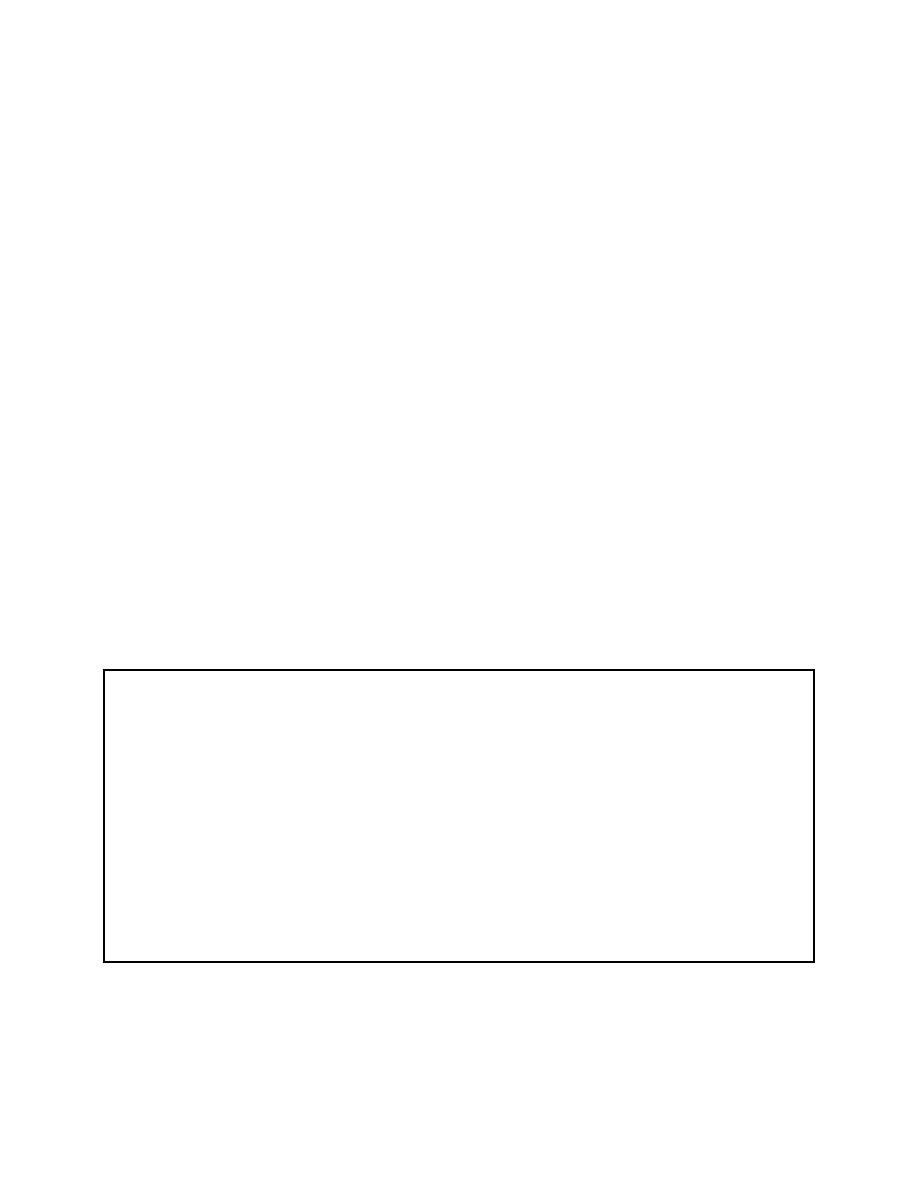

Custom Search
|
|

|
||
 MIL-HDBK-1012/3
(1) Conduit must be placed in the floor during
construction. This results in a loss of flexibility should
pathway expansion be necessary;
(2) Use of conduit for telecommunications
horizontal pathways is restricted by EIA/TIA 569, par. 4.4.1.2 to
permanent locations in low device density areas.
c) In accordance with EIA/TIA 569, par. 4.4.2.1,
conduit shall be installed so that no more than two successive
90-degree bends occur without placing a pull box. A pull box
will also be installed every 31 m (100 ft.). Pull boxes shall be
sized in accordance with EIA/TIA 569, par. 4.4.2.6.4. The bend
radius of the conduit shall be six times the inside diameter for
conduits 53 mm (2 in.) and smaller and 10 times the inside
diameter for those larger than 53 mm (2 in.) and for conduits
carrying fiber optic cable. Condulets (lb) are not considered
pull boxes and are not recommended because of the inherent
difficulty in maintaining minimum bend radii. Conduits are sized
according to their allowable fill ratio. The fill ratio depends
on the number and size of cables being run in the conduit.
Example Three and EIA/TIA 569, Table 4.4-1, provide guidance for
sizing conduit. Conduits may be run within cement floors and
ceilings and may gang not more than three wall boxes together.
Where ganging occurs conduit sizing shall increase incremental as
cables are added.
d) Conduit runs shall be grounded and bonded in
accordance with NFPA 70, Article 300.
EXAMPLE THREE
DETERMINING CONDUIT SIZE
A. The size
of the conduit to be installed should be based on
the size and
quantity of the cables that are anticipated to be
installed in
it. Requirements for specific types of conduit,
such as EMT,
rigid metal, and rigid PVC can be found in NFPA 70.
B. Conduit fill should not exceed 53 percent when one cable is
placed in the conduit, 31 percent when two cables are placed in
the conduit, and 40 percent when three or more cables are placed
in the conduit.
C. Conduit is to be sized in accordance with NFPA 70 and
EIA/TIA 569.
35
|
 |
|
 |
||